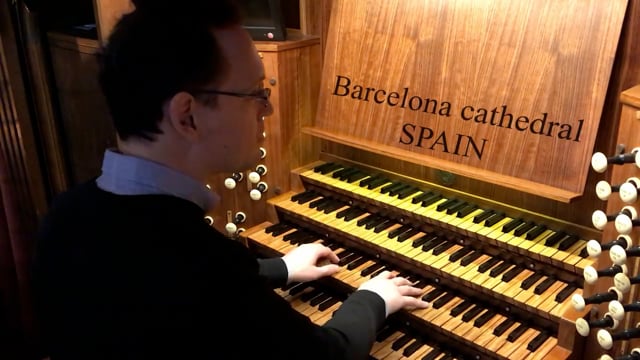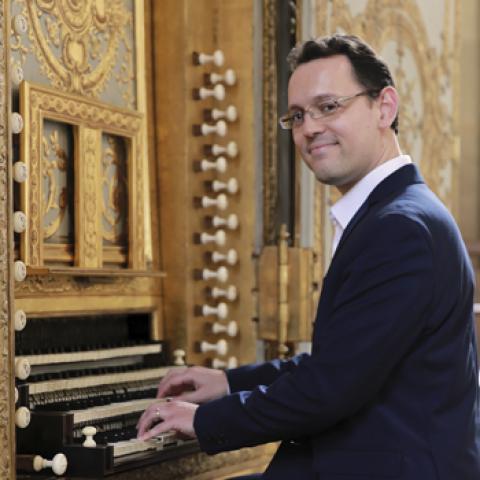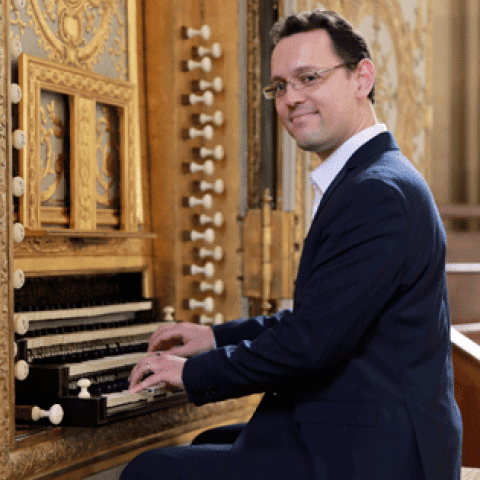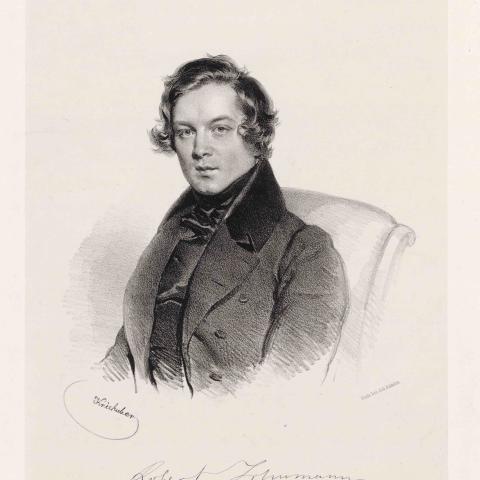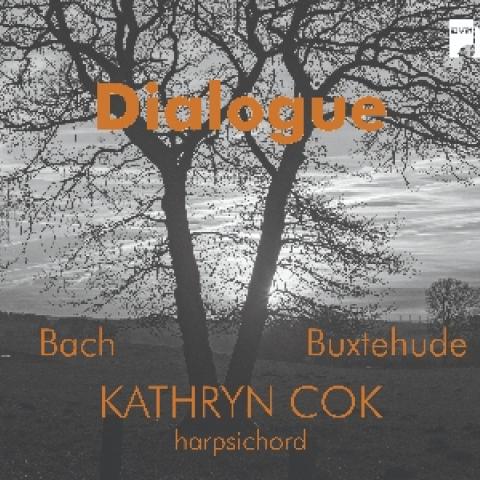Jean-Baptiste Robin plays Bach's Prelude and Fugue in G Major, BWV 541, at Barcelona Cathedral, Spain.
The organ case is by Antoni Carbonell from 1538 It is the largest and most important historical organ in Catalonia. The organ has been rebuilt on various occasions, adapting to the successive aesthetic changes of music and liturgy, as well as the technical advances of the organ which have transformed the initially Renaissance instrument into a baroque one (1700), later on a romantic instrument (1935), and now a neo-baroque organ.
The Prelude (Vivace) opens with a toccata-style "solo" introduction. It is written in uninterrupted sixteenth notes that ignite from the treble of the keyboard to the bass, before plunging into the initial high G. Bach makes the plenum sparkle here with luminous arpeggios and jubilant scales.
This introduction leads to a concerto which marks the real departure of the prelude. This prelude focuses on three musical elements: a flow of sixteenth notes that extend the introductory toccata, a fanfare on a broken chord and repeated notes. The joy is sometimes attenuated by modulations in more melancholic tones (B minor bar 39 and bar 46) but Bach always reaffirms the positive energy.
The Fugue is built on a subject in repeated notes that Bach gradually announced in the prelude: the insistent chords at the beginning of the prelude gradually turn into repeated notes (bar. 47), then the music looks more and more like the subject ( bars 61-62 and following). This astonishing process of transformation shows that Bach seeks here again the concentration of the elements of speech. We also note that we find this subject almost verbatim (but in C minor) in the first choir of the cantata "Ich hatte viel Bekümmernis" BWV 21 (1713-1714). It also recalls that of Corelli's 4th Sonata Opus 5 for violin. This fugue expresses confident joy.
Jean-Baptiste Robin is regarded as one of the most prominent French concert organists and composers of today. With his appointment in 2010 as Organist of the Royal Chapel at the Palace of Versailles, he was secured a place in a long line of famous French organists, such as François Couperin, Louis Marchand, Louis-Claude Daquin, and Claude Balbastre. He also serves as Professor of Organ and Composition at the Conservatoire à Rayonnement Régional in Versailles.
Jean Baptiste Robin is represented in North America exclusively by Phillip Truckenbrod Concert Artists, LLC. www.concertartists.com

